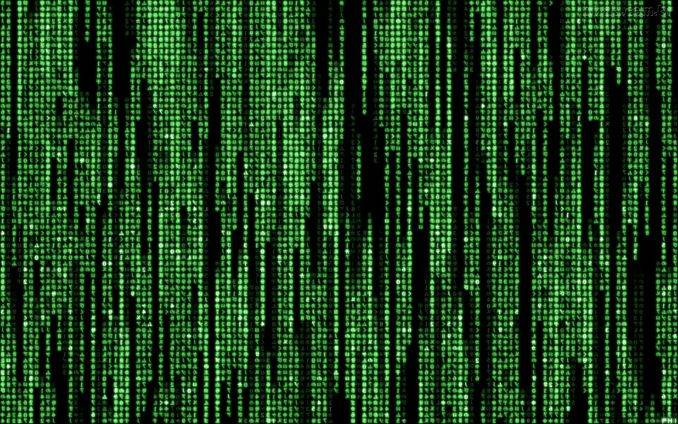This post was first published on 15th October, 2014.
In the final post of this series, we shall be looking into the concept of software patents and examining the extent to which patent law is effective in protecting computer programs.
As mentioned earlier, protection of computer programs under the Copyright Law is limited to the protection of the literal elements of a computer program, i.e., the source code and the object code, and does not extend to the underlying idea and functional elements of the software. A patent, on the other hand, grants a more secure protection than Trade Secret or Copyright, since the protection is determined by the scope of the Patent and not how the product was developed. Moreover, the law of patents can be used to protect ideas and functional aspects in a software and can be enforced against anyone who has copied, reverse engineered or developed the same product independently. These are some of the benefits of opting for patent protection of computer programs.
However, patent protection is granted by the Government of a country for a consideration in the form of disclosure of the invention for furthering innovation. Hence, the inventor is required to describe the invention in detail in a patent application. Further, it should be noted that the monopoly granted to the patent holder is quasi-monopolistic in nature owing to the fact that the Government can sometimes impose restrictions on the rights conferred by a patent in the form of Compulsory Licensing, which allows others to use the patent in cases where the invention is not sufficiently worked in the country, or it is not affordable, or the reasonable demands of the public regarding the invention are not satisfied. Moreover, patent protection is for a limited period of time, generally for a period of 20 years, unlike the long term of protection granted under Copyright Law.
Furthermore, there is also some ambiguity as to whether software is a technical invention or merely an algorithm, which is an abstract idea and hence not entitled for patent protection. There is also lack of clarity with regard to satisfying the requirements of novelty, non-obviousness and industrial application in respect of computer programs. Hence, though Patent Law satisfies certain aspects concerning the protection of computer programs where the rest of the IP regimes have failed, it can be clearly seen that Patent Law also falls short of providing comprehensive protection to computer programs.
Image: from here



